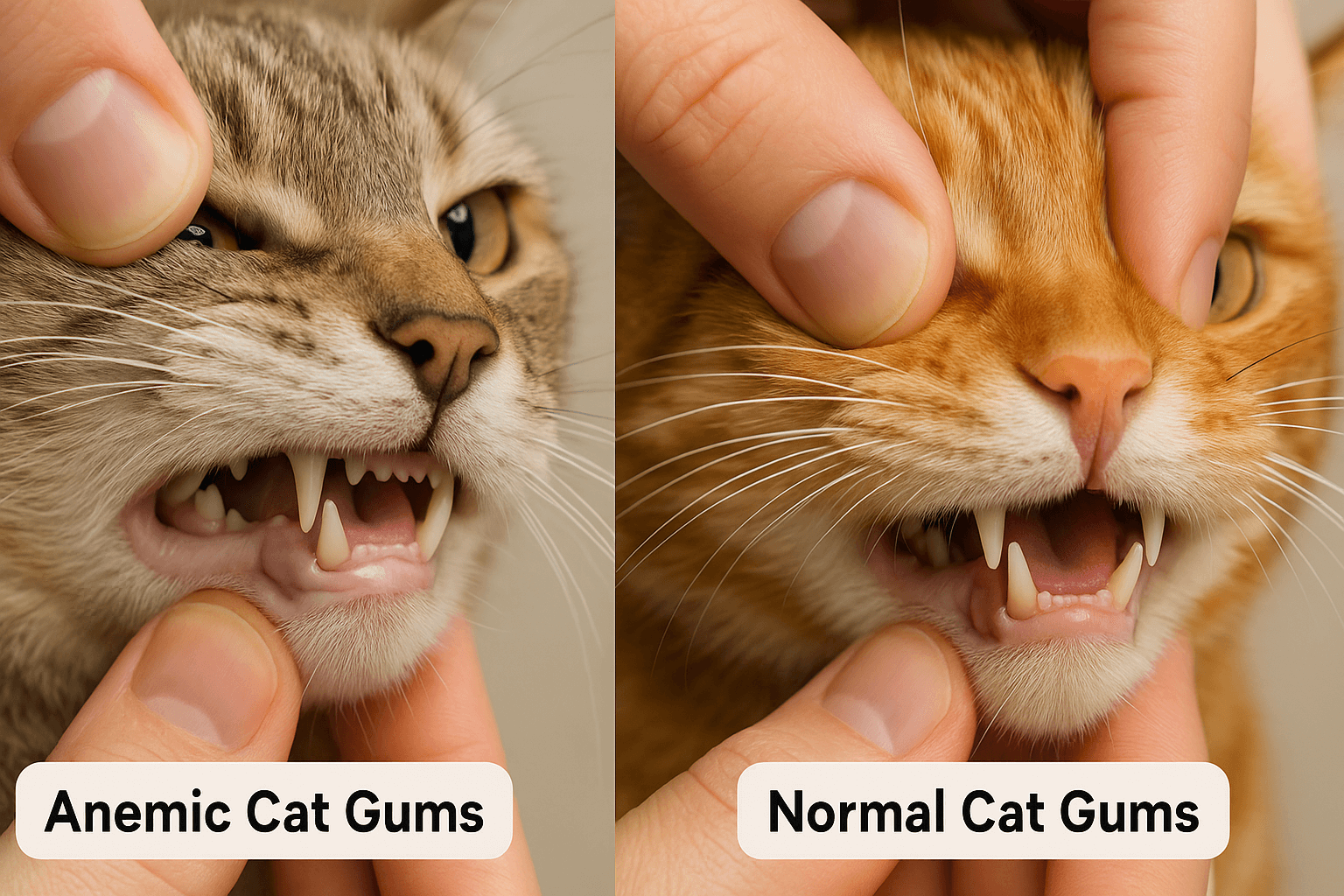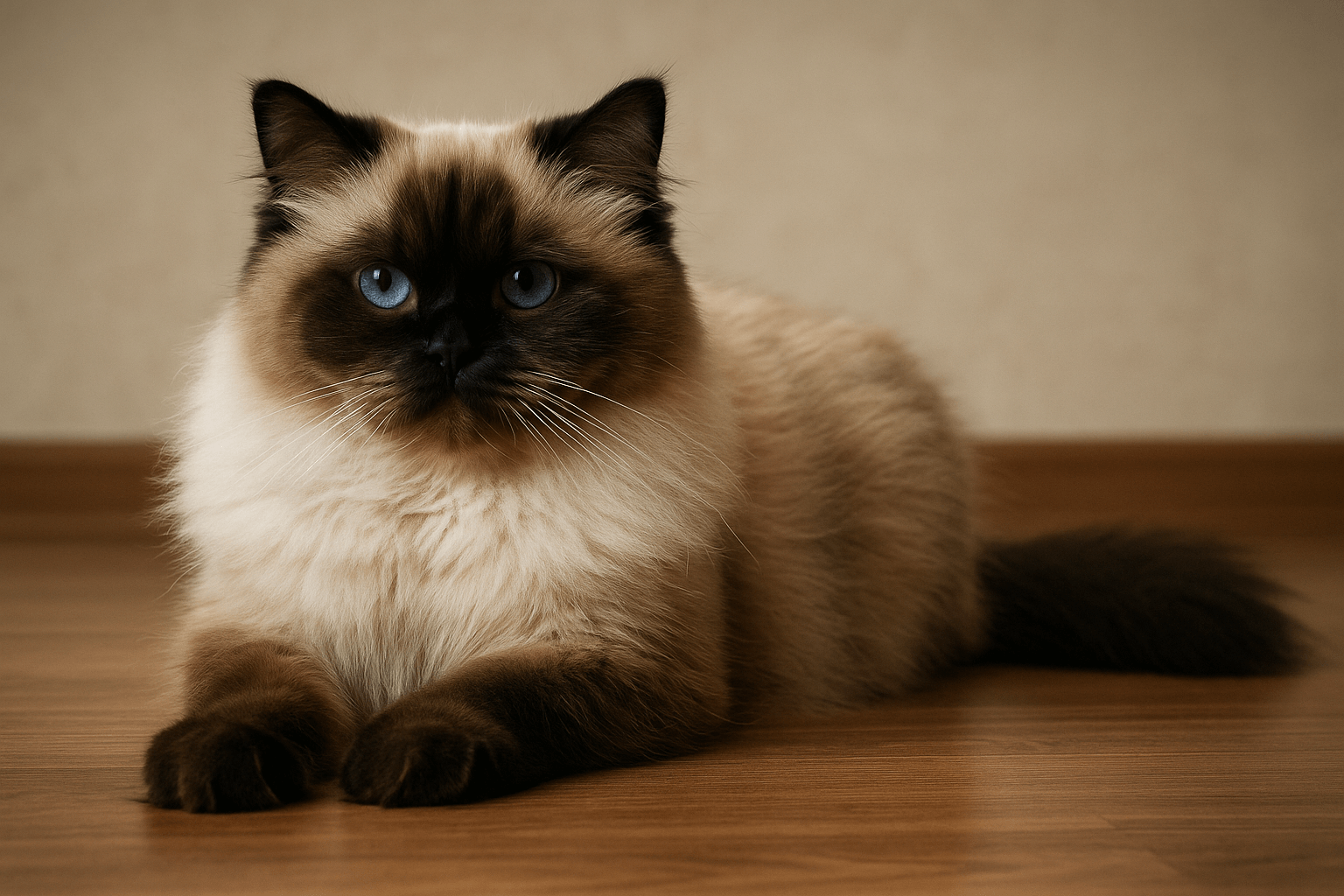Can Cats Eat Cantaloupe?
Cantaloupe, with its sweet aroma and juicy texture, is a favorite fruit for many humans. But what about our feline friends? If you’ve ever caught your cat sniffing around your fruit bowl or eyeing a slice of cantaloupe, you might wonder whether it’s safe for them to indulge. While cats are obligate carnivores, meaning their primary diet should consist of meat, they can sometimes show interest in fruits like cantaloupe. But is this curiosity harmless, or could it pose risks to their health? In this blog post, we’ll explore whether cats can eat cantaloupe, the potential benefits and risks, and how to safely introduce this fruit into their diet—if at all.
Is Cantaloupe Safe for Cats?
Before sharing a bite of cantaloupe with your cat, it’s essential to understand whether this fruit is truly safe for feline consumption. Here’s what you need to know about feeding cantaloupe to your cat.
Non-Toxic Nature:
Cantaloupe is not toxic to cats, making it one of the safer fruits to consider offering in moderation.High Water Content:
The fruit’s high water content can help keep your cat hydrated, especially if they’re reluctant to drink enough water.Low-Calorie Treat:
Cantaloupe is relatively low in calories, making it a guilt-free snack option if given in small amounts.Rich in Vitamins:
It contains vitamins A and C, which can support your cat’s immune system and overall health when consumed sparingly.Potential Allergies:
While rare, some cats may have sensitivities or allergic reactions to cantaloupe, so monitor them closely after offering it.
While cantaloupe isn’t harmful, it should never replace a cat’s regular diet or be offered in large quantities. Moderation is key to ensuring your cat’s safety.
Benefits of Feeding Cantaloupe to Cats (In Moderation)
Though cats don’t require fruits in their diet, cantaloupe can offer some surprising benefits when shared responsibly. Here’s how this sweet treat might positively impact your cat.
Hydration Boost:
With its juicy texture, cantaloupe can encourage hydration, especially during hot weather or for cats prone to urinary issues.Antioxidant Properties:
Vitamin C and beta-carotene in cantaloupe act as antioxidants, potentially supporting your cat’s cellular health.Digestive Health:
The fiber content in cantaloupe can aid digestion, helping prevent constipation in cats who struggle with bowel movements.Mental Stimulation:
Offering a small piece of cantaloupe as an occasional treat can satisfy your cat’s curiosity and provide enrichment.Encouraging Healthy Eating Habits:
Using cantaloupe as a reward can diversify their palate while keeping unhealthy snacks out of their diet.
These benefits make cantaloupe a worthwhile occasional treat, but always prioritize your cat’s main nutritional needs.
Check this guide 👉Can Cats Eat Raw Eggs? Best 7 Expert Tips!
Check this guide 👉Can Cats Eat Onions? Best 7 Expert Tips!
Check this guide 👉Can Cats Eat Pumpkin? Best 7 Expert Tips!

Safe Fruits for Cats | Foods to Avoid Giving Cats |
|---|---|
Cantaloupe (in moderation) | Grapes and raisins (toxic to cats) |
Blueberries | Chocolate (contains theobromine) |
Seedless watermelon | Onions and garlic (damages red blood cells) |
Apples (without seeds) | Alcohol (extremely dangerous) |
Bananas (small portions only) | Raw yeast dough (can expand in stomach) |
How to Safely Introduce Cantaloupe to Your Cat
If you decide to let your cat try cantaloupe, it’s important to do so carefully to avoid any adverse effects. Follow these steps to ensure a smooth introduction.
Start Small:
Offer a tiny piece of cantaloupe no larger than your thumbnail to gauge your cat’s reaction.Remove Seeds and Rind:
Always remove the seeds and tough outer rind before serving, as these parts can pose choking hazards.Monitor for Reactions:
Watch for signs of digestive upset, such as vomiting or diarrhea, after your cat tries cantaloupe.Limit Frequency:
Reserve cantaloupe as an occasional treat rather than a daily snack to prevent nutritional imbalances.Consult Your Vet:
If your cat has underlying health conditions, ask your veterinarian before introducing new foods.
By following these guidelines, you can minimize risks and ensure your cat enjoys cantaloupe safely.
Signs Your Cat May Not Tolerate Cantaloupe
Not all cats will react well to cantaloupe, even though it’s generally considered safe. Look out for these warning signs that indicate your cat may not tolerate the fruit.
Upset Stomach:
Symptoms like vomiting or diarrhea suggest your cat’s digestive system doesn’t handle cantaloupe well.Loss of Appetite:
Refusing meals after eating cantaloupe could signal discomfort or nausea.Excessive Drooling:
Some cats may drool excessively if the fruit irritates their mouth or throat.Lethargy or Discomfort:
A sudden lack of energy or signs of pain could indicate an adverse reaction.Itching or Swelling:
Allergic reactions may manifest as itching, swelling, or difficulty breathing—seek veterinary care immediately if this occurs.
Recognizing these signs early allows you to address any issues promptly and adjust your cat’s diet accordingly.
Common Mistakes to Avoid When Feeding Cantaloupe to Cats
Even though cantaloupe is safe for cats in small amounts, mistakes can still occur. Here are some pitfalls to watch out for.
Offering Large Portions:
Feeding too much cantaloupe can overwhelm your cat’s digestive system and cause discomfort.Including Seeds or Rind:
These parts are difficult to digest and may pose choking hazards if not removed beforehand.Assuming All Cats Will Like It:
Just like humans, cats have individual preferences; some may turn up their nose at cantaloupe entirely.Mixing with Other Unsafe Foods:
Combining cantaloupe with toxic ingredients like grapes or chocolate creates unnecessary risks.Ignoring Underlying Health Issues:
Cats with diabetes or obesity may need stricter dietary restrictions; consult your vet first.
Avoiding these mistakes ensures a safer and more enjoyable experience for your cat.
Alternatives to Cantaloupe for Feline Treats
If your cat doesn’t take to cantaloupe or you’d like to explore other options, there are plenty of safe alternatives to consider.
Blueberries:
Packed with antioxidants, blueberries are a nutritious and tasty choice for cats.Seedless Watermelon:
High in water content, watermelon helps keep cats hydrated on warm days.Small Pieces of Banana:
Bananas are rich in potassium but should be given sparingly due to their sugar content.Cooked Pumpkin:
Plain, unsweetened pumpkin aids digestion and can help regulate bowel movements.Freeze-Dried Meat Snacks:
For a more species-appropriate treat, freeze-dried chicken or turkey provides pure protein satisfaction.
These alternatives cater to your cat’s natural instincts while offering variety in their diet.
Understanding Your Cat’s Curiosity Toward Human Foods
Cats often show interest in human foods due to their natural curiosity and keen sense of smell. Here’s why they might gravitate toward items like cantaloupe—and how to manage their curiosity.
Attraction to Sweet Scents:
Even though cats can’t taste sweetness, the aroma of ripe cantaloupe can intrigue them.Exploration Through Taste:
Cats use their mouths to investigate new objects, including food, to learn more about their environment.Behavioral Mimicry:
Watching you eat something appealing may prompt them to want a taste themselves.Instinctual Foraging Behavior:
Wild ancestors explored diverse food sources, and domestic cats retain some of that instinct.Bonding Opportunities:
Sharing safe snacks can strengthen the bond between you and your cat, creating positive associations.
Understanding these behaviors helps you better interpret your cat’s actions and respond appropriately.
Frequently Asked Questions About Cats and Cantaloupe
Can kittens eat cantaloupe?
Kittens have sensitive digestive systems, so it’s best to avoid giving them cantaloupe until they’re older.
How much cantaloupe can I give my cat?
Limit it to a teaspoon-sized piece once or twice a week at most.
Why does my cat like cantaloupe?
Cats may be attracted to the fruit’s sweet smell or texture, even though they can’t taste sweetness due to lacking certain taste receptors.
What happens if my cat eats too much cantaloupe?
Overconsumption can lead to digestive upset, diarrhea, or nutrient imbalances.
Are there alternatives to cantaloupe for my cat?
Yes, other safe fruits include blueberries, seedless watermelon, and small pieces of banana.
Feeding Cantaloupe to Your Cat Responsibly
While cats don’t need fruits like cantaloupe in their diet, they can occasionally enjoy this sweet treat without harm—as long as it’s offered in moderation and prepared properly. Understanding the potential benefits and risks ensures you’re providing a balanced and varied experience for your feline friend. Always remember that a cat’s primary nutritional needs come from high-quality protein sources, so treats like cantaloupe should remain just that—a treat. By staying mindful of portion sizes and monitoring your cat’s response, you can share moments of joy and discovery together while keeping their health a top priority.
Giardia in Cats: Best 7 Expert Tips! Discover expert advice on identifying, treating, and preventing giardia in cats to ensure your feline stays happy and healthy.
Cat Hyperventilating: Best 7 Expert Tips! Discover signs, causes, and solutions for cat hyperventilation. Learn how to calm your cat and when to seek veterinary care for their breathing issues.
Anemic Cat Gums vs Normal: Best 7 Expert Tips! Learn to spot signs of anemia in cats, understand gum health, and ensure your feline stays happy and healthy with expert advice.
Himalayan Cat Size: Best 7 Expert Tips! Discover expert advice on Himalayan cat size, growth factors, care tips, and how to ensure your feline stays healthy and happy.




